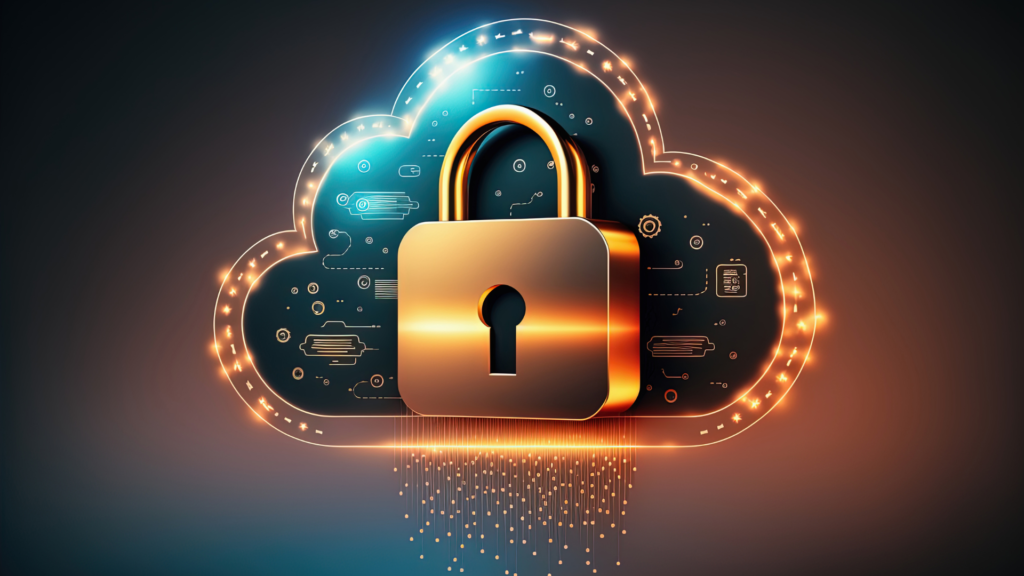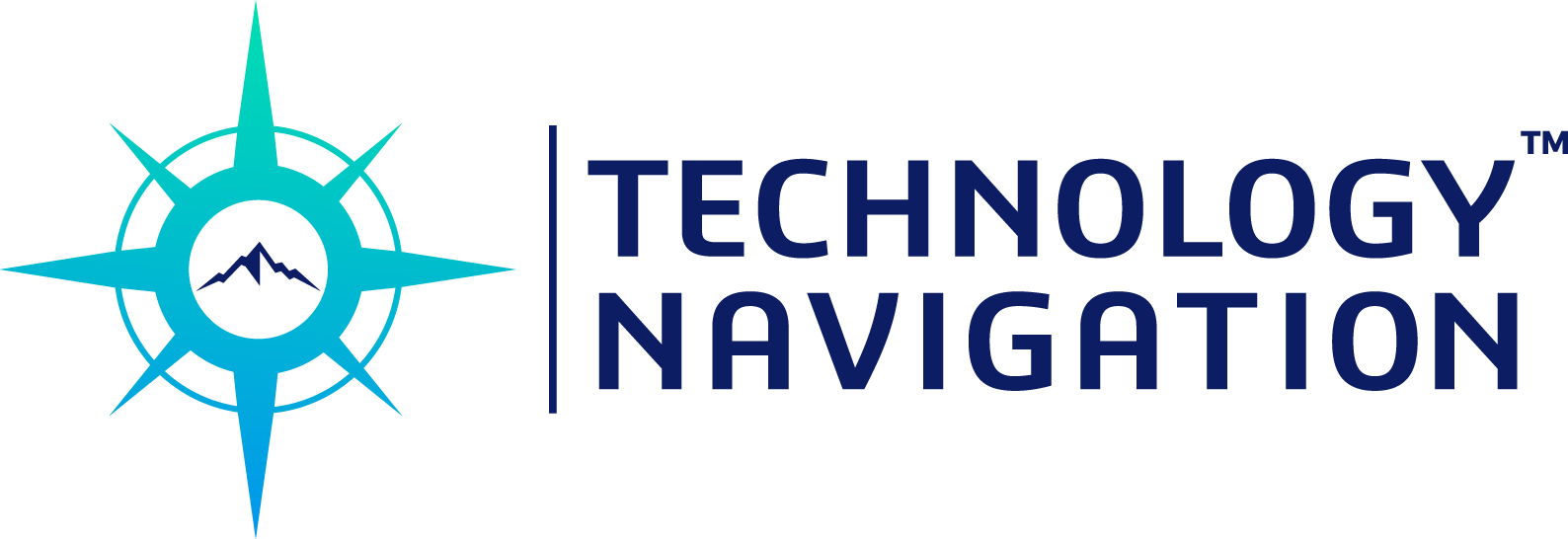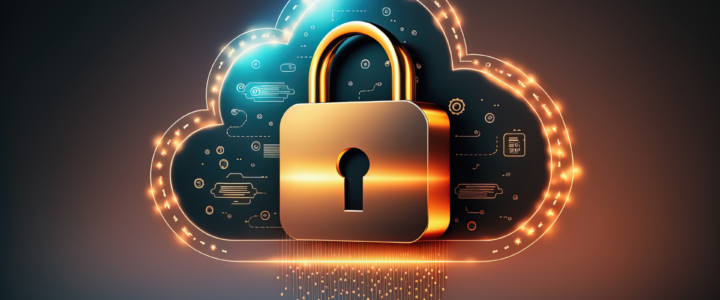

Founder & President
Studies have shown that SASE framework will account for 25+ percent of SD-WAN and cloud security services by the end of 2027. As we progress into 2023 let’s take a closer look at 4 emerging trends of SASE that could impact the year ahead.
SASE is a framework, not just another security mechanism. As we progress into this structure, the payoffs, little nuances, and big strategies have become much clearer.
1. Consolidation of SD-WAN following SASE framework adoption
Undeniably, as SASE adoption gains traction, there will be a good number of SD-WAN and security consolidations. It was difficult to discuss security options with SD-WAN, the intervention of SASE framework certainly converges the conversation. SASE key product sets are combining:
- Software-Define Wide Area Network (SD-WAN)
- Secure Web Gateway (SWG)
- Cloud Access Security Broker (CASB)
- Data Loss Prevention (DLP)
- Firewall as a Service (FWaaS)
- Zero Trust Network Access (ZTNA)
- Centralized Management
Ever since businesses have embraced the remote office/users, IoT and home users, things have taken a solemn turn in a secure network edge. Simply, converging the conversation with a SASE framework, improves and secures networks.
2. Securing IoT devices
As employees continue to use a range of IoT devices, all mission-critical IoT will be looking to embrace SD-WAN with a SASE architecture. IoTs vital role is also its weakness. Because of IoTs mobility in business environments, security is an afterthought instead of a secure, faster, and reliable connection. It is important to note that all such IoT devices in the residential tech stack bleeding into the corporate environment pose a high risk.
Therefore, generating a holistic SD-WAN SASE awareness of all such devices (residential and business) will gain significance. Most SASE-based issues from IoT come from how invisible they are on the network.
3. SaaS Cloud Native Platforms & SASE
When looking to fuel digital transformations, SaaS makes it easier than not to move to the cloud.However, such benefits don’t come with a warning label. SASE’s security protects the most common bad actors facing SaaS applications.
Phishing, malware, and account takeover are just some of the attacks SASE can stop or limit your organization’s exposure.
While SaaS is an attractive way to transform to the digital age, protecting your journey is paramount.
4. SASE is redefining security for remote and home office networking
Since COVID disrupted the way of working, bad actors have been on a spree. According to Andrew Ossipov, CTO at Cisco, social engineering aimed at extracting credentials of corporates is fast becoming a daily occurrence because of a more significant number of remote workers. All thanks to feebly protected solutions connected to home and remote office networks with limited visibility.
With SASE on the scene, enterprises seek powerful ZTNA and SDP connections for various hybrid applications. More so, with increasing human-readable security policies for private, cloud, and SaaS network enforcement points.
Things will eventually boil down to a secure, end-to-end connectivity reinforcing a positive user experience across the length and breadth of applications.
Wrap Up
Undoubtedly, as SASE solutions grow mature, integration capabilities will expand.
The need for the hour is an optimal secure network and user experience, which the SASE framework provides.
For customers looking to embrace the best-in-class solutions, you should team up with a supplier that has extended SASE capabilities and allows you to consume these capabilities as required.
Technology Navigation can help you find the SASE provider. Connect with us to learn more.





